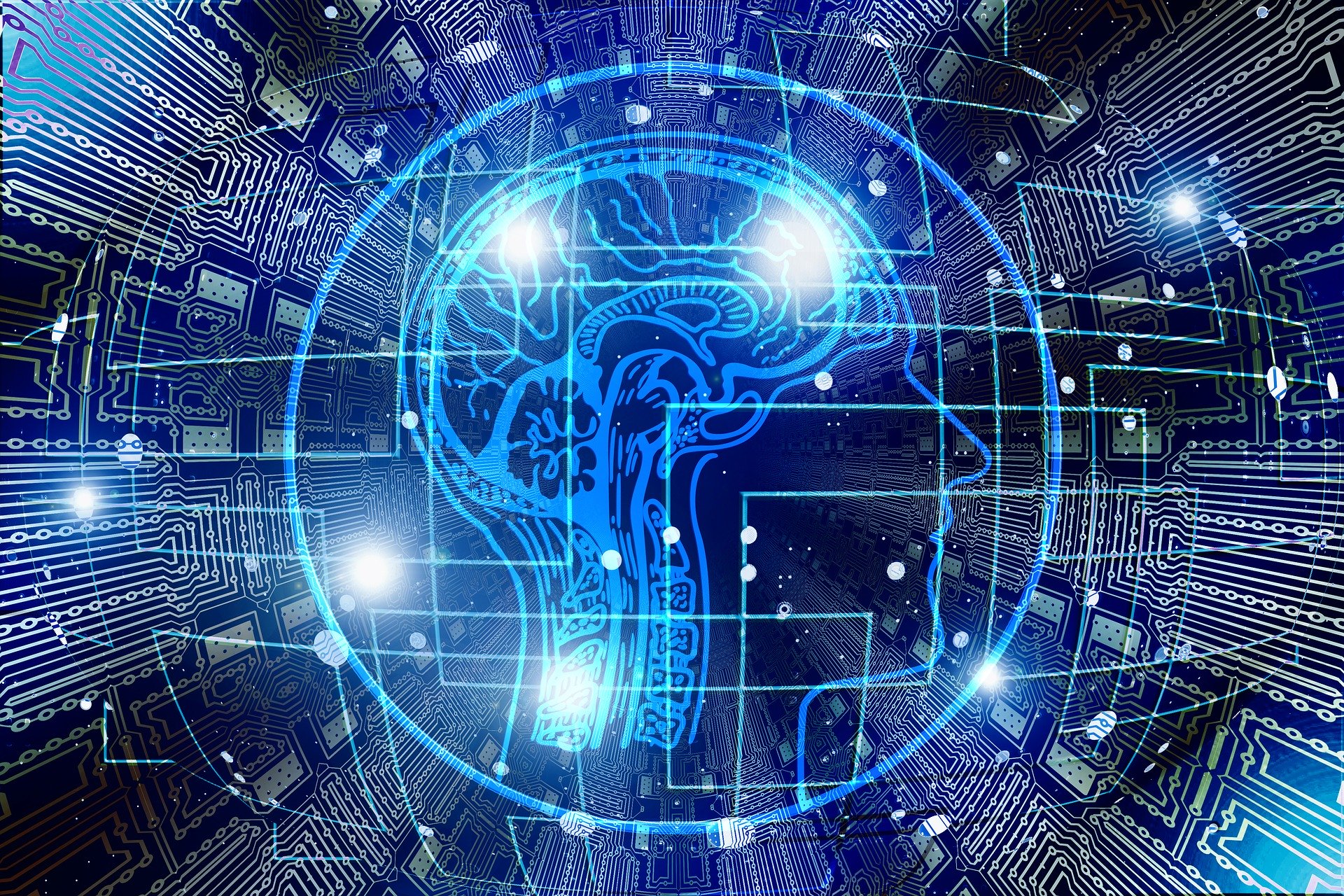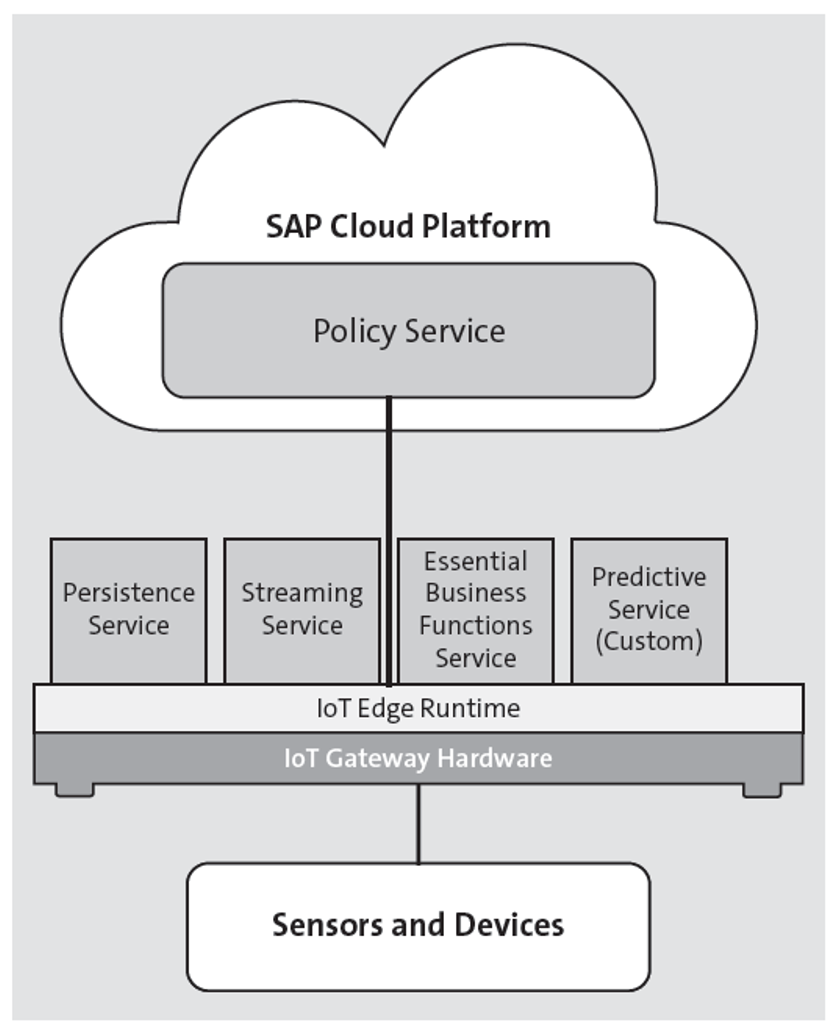

SAP Intelligent Technologies combine AI, machine learning, IoT, blockchain, analytics, and automation to help organizations improve efficiency, automate processes, and gain actionable insights. SAP offers a suite of solutions—such as SAP AI Business Services, Joule, SAP Data Intelligence, and SAP Intelligent RPA—that integrate these technologies into core applications like SAP S/4HANA and SAP BTP.
Over the past few decades, technological advancements have created powerful computers that are smaller and more affordable than ever, making advanced mathematics tools more accessible to businesses. These tools—dubbed “intelligent technologies”—allow businesses to dig deep into their existing pools of data for analysis and business insight. Through the use of algorithms and automation, companies can complement their existing manual business processes with automated and digital options. This move from manual to digital processes is known as “digital transformation."
As a leading software vendor, SAP has been on the leading edge of adding “smart,” intelligent technologies to its product portfolio and functionalities.
Table of Contents
Before we dive into specific SAP intelligent technologies and solutions, there are a handful of key, system-agnostic technologies that should be discussed. These can help businesses develop greater efficiency and lower costs. Here is a look at each:
Artificial intelligence (AI) refers to technologies that enable machines to replicate human actions. AI has existed in various forms for decades—from automated phone directories replacing live operators to chatbots on sites like Microsoft.com providing troubleshooting help and linking to relevant articles.
A key subset of AI, machine learning, focuses on identifying relationships in data so stakeholders can make better decisions. It’s particularly valuable for large datasets without obvious patterns. Machine learning algorithms can be programmed to look for trends and adapt over time as they process more data.
Common algorithms include linear regression, naïve Bayes, k-means, and Monte Carlo—often combined with other intelligent technologies like robotic process automation (RPA) for greater impact.
Blockchain is a decentralized ledger that uses a peer-to-peer network to increase transaction transparency. First popularized in the late 2000s with Bitcoin, blockchain’s business applications expanded in the 2010s, particularly for improving financial reporting and supply chain traceability.
Transactions are grouped into blocks, each linked to the previous and next via hashing. This creates an unalterable record that shows the origin and destination of each item. For example, companies selling sustainably sourced products can use blockchain to verify and share the origin of their goods with customers.
The Internet of Things (IoT) connects devices and assets so they can communicate and share data. For businesses, IoT enables real-time feedback on user behavior, equipment performance, and maintenance needs.
In homes, IoT simplifies everyday tasks—smart thermostats, for example, can learn your preferences and automatically adjust temperatures without manual input.
SAP has been adding “smart” functionalities to its product suite over the past decade. Solutions such as SAP Predictive Analytics and SAP SuccessFactors’ Intelligent Services tool have been available since as early as 2008, helping users collect historical data and make predictions about future results.
Intelligent technologies have also been integrated into SAP’s current business suite, SAP S/4HANA. For example, machine learning capabilities were added in 2017 in order to perform easier goods and invoice receipt reconciliation, as well as automate invoice assignments. Predictive accounting functionality was subsequently added to the SAP S/4HANA Finance line of business in 2018.
As the demand for intelligent technologies grew in the mid 2010s, SAP launched the SAP Leonardo toolset in 2017, which consisted of services in areas such as IoT, machine learning, analytics, blockchain, and big data. In 2019, SAP began breaking each of these out into its own area of development. These make up the majority of SAP’s current intelligent technologies suite of products.
Here is a non-exclusive list of SAP intelligent technology-based solutions.
The Business Entity Recognition Service is a machine learning-based service that reads incoming unstructured documents, pulls relevant information out, and performs tasks based on the information it read.
Joule is SAP's natural language, generative AI tool that was released in the third quarter of 2023. Joule is currently available for SAP SuccessFactors and the SAP Start site, with it rolling out to SAP S/4HANA Cloud, public edition; SAP Customer Experience; SAP Ariba; and SAP Business Technology Platform over the next year. Joule is built to create specialized insights from datasets found across one's SAP landscape and the third-party solutions connected to it.
SAP AI Business Services is a cloud-based tool for businesses to use when wanting to add AI and machine learning capabilities to their business operations.
SAP Analytics Cloud is a software-as-a-service with a platform of tools and functionalities for data visualization, data analysis, and business planning.
SAP Blockchain Business Services is a tool for business stakeholders to use when working together. It provides a transparent, neutral infrastructure for all parties to have a single source of business data available for decision making and pursuing business opportunities. It is available in two versions: SAP Blockchain service service for blockchain-based application development, and SAP HANA Blockchain service for connecting external blockchains to an SAP HANA database.
SAP has also released blockchain functionality for supply chain solutions like SAP Logistics Business Network, a material traceability option, SAP Information Collaboration Hub for Life Sciences, and an option for the United States supply chain, to name a few.
SAP Conversational AI is a platform for developers to use in creating digital assistants known as chatbots. It was formerly known as SAP CoPilot and includes functionality from SAP’s acquisition of Recast.ai in 2018.
SAP Data Intelligence is a cloud service that combines artificial intelligence and machine learning to better use siloed data and bring together the IT and data science departments of an organization.
SAP Edge Services is a product that helps process data at the edge, rather than having to transport it to a central repository first, cutting down on processing time and storage needs.

SAP Intelligent Robotic Process Automation (SAP Intelligent RPA) is a tool for automating repetitive, rule-based tasks by using machine learning to train bots to complete these tasks after watching users perform them.
SAP Internet of Things is a data-based solution that takes information gathered from the various IoT-enabled devices and assets in a business and uses it with business data to provide a more holistic look at business results.
SAP Predictive Analytics is a solution that takes existing business data and provides useful and actionable results.
Spotlight by SAP is a tool that measures the performance of manual business tasks and provides feedback on where inefficiencies are occurring and automation may help.
As these intelligent technologies are fleshed out in the SAP S/4HANA suite, their functionalities will eventually be ported into all SAP solutions.
Here are answers to some of the most common things SAP users want to know about SAP's intelligent technology.
Q: What are SAP intelligent technologies?
A: SAP intelligent technologies are software tools and services that use capabilities such as artificial intelligence, machine learning, blockchain, and the Internet of Things to automate business processes, enhance decision-making, and create new digital services. Examples include SAP AI Business Services, SAP Internet of Things, and SAP Intelligent Robotic Process Automation.
Q: How do intelligent technologies fit into SAP’s product strategy?
A: SAP integrates intelligent technologies across its portfolio to support digital transformation. This includes embedding AI and automation into SAP S/4HANA, offering specialized cloud services through SAP Business Technology Platform, and providing standalone solutions like SAP Analytics Cloud.
Q: What is the difference between AI and machine learning in SAP?
A: Artificial intelligence (AI) is a broad concept where machines perform tasks that typically require human intelligence. Machine learning is a subset of AI that enables systems to learn patterns from data and improve performance over time without being explicitly programmed.
Q: Does SAP still use SAP Leonardo?
A: No, SAP Leonardo as a branded toolset was retired in 2019. Its technologies were integrated into other SAP products and services, such as AI Business Services, IoT, and analytics tools, which are now developed and delivered individually.
Q: How does blockchain work in SAP solutions?
A: SAP offers blockchain services that create a secure, shared digital ledger for transactions. This ensures transparency, traceability, and trust across supply chains and business networks. For example, SAP Logistics Business Network can trace materials from origin to delivery.
Q: What is Joule?
A: Joule is a generative AI assistant designed to work across the SAP ecosystem. It allows users to interact with SAP systems using natural language and receive contextual insights from connected data sources.
Q: What types of businesses can benefit from intelligent technologies?
A: Any organization—regardless of size or industry—can leverage intelligent technologies to automate repetitive tasks, gain real-time insights, predict outcomes, and improve operational efficiency. Industries with complex supply chains, customer service needs, or heavy asset management often see the most immediate impact.
Q: Do I need SAP S/4HANA to use intelligent technologies?
A: No. While many intelligent technologies are embedded into SAP S/4HANA, others are available as standalone cloud services that can integrate with both SAP and non-SAP systems.
Q: How do SAP intelligent technologies support Industry 4.0?
A: They provide the automation, connectivity, and real-time analytics needed for smart factories, predictive maintenance, and connected supply chains, which are key pillars of the Industry 4.0 movement.
In addition to the information laid out above, there are a handful of important intelligent technology terms and SAP solutions you should also know:
Learn more SAP from our official Learning Center.
And to continue learning even more about intelligent technologies and SAP, sign up for our weekly blog recap here: